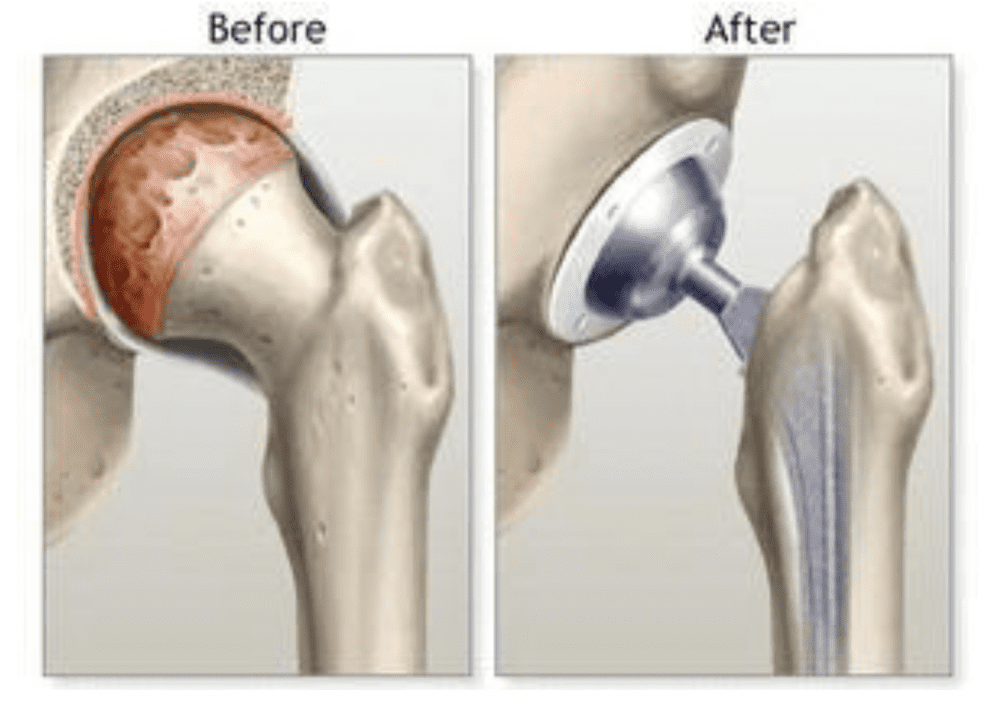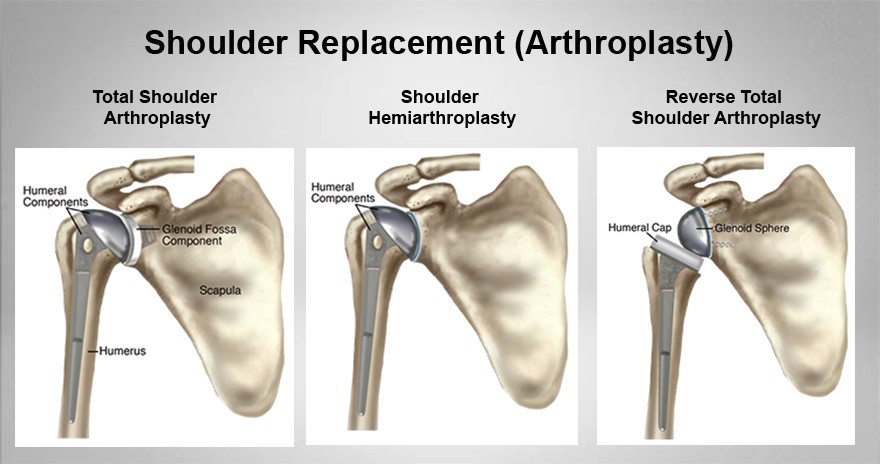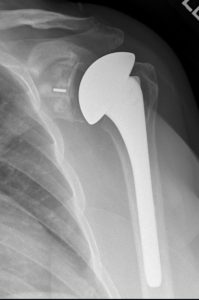- drsundar@sundarspine.com
- Youtube
For Appointments, Call
+(91) 9080 9680 66
+(91) 9080 9680 66

Hip replacement surgery (Total hip arthroplasty) is one of the most commonly done procedure for long term hip pain in elderly people. Its usually done when the hip pain interferes with daily activities and nonsurgical treatments haven’t helped or are no longer effective. Arthritis damage is the most common reason to need hip replacement.
During hip replacement, the surgeon removes the damaged sections of your hip joint and replaces them with parts usually constructed of metal, ceramic and very hard plastic. This artificial joint (prosthesis) helps reduce pain and improve function.
When is the surgery performed?
Conditions that can damage the hip joint, sometimes making hip replacement surgery necessary, include:
Advantages of hip Replacement:



Knee replacement surgery — also known as knee arthroplasty can help relieve pain and restore function in severely diseased knee joints. The procedure involves cutting away damaged bone and cartilage from the thighbone, shinbone and kneecap and replacing it with an artificial joint (prosthesis) made of metal alloys, high-grade plastics and polymers.
The most common reason for knee replacement surgery is to relieve severe pain caused by osteoarthritis. People who need knee replacement surgery usually have problems walking, climbing stairs, and getting in and out of chairs. Some also have knee pain at rest.
When is the surgery performed?
Conditions that can damage the hip joint, such as:
Advantages of Knee Replacement:
Knee replacement is one of the most commonly done surgery worldwide. Sometimes both the knees can be replaced in the same sitting depending on the patient and disease condition.



Shoulder replacement surgery is done to relieve pain and other symptoms that result from damage to the shoulder joint. The procedure involves removing damaged areas of bone in the shoulder and replacing them with implants made of metal and highly specialized plastic.
When is the surgery performed?
Conditions that can damage the hip joint, such as:
Advantages of Shoulder Replacement:
Types of Shoulder Replacement:


